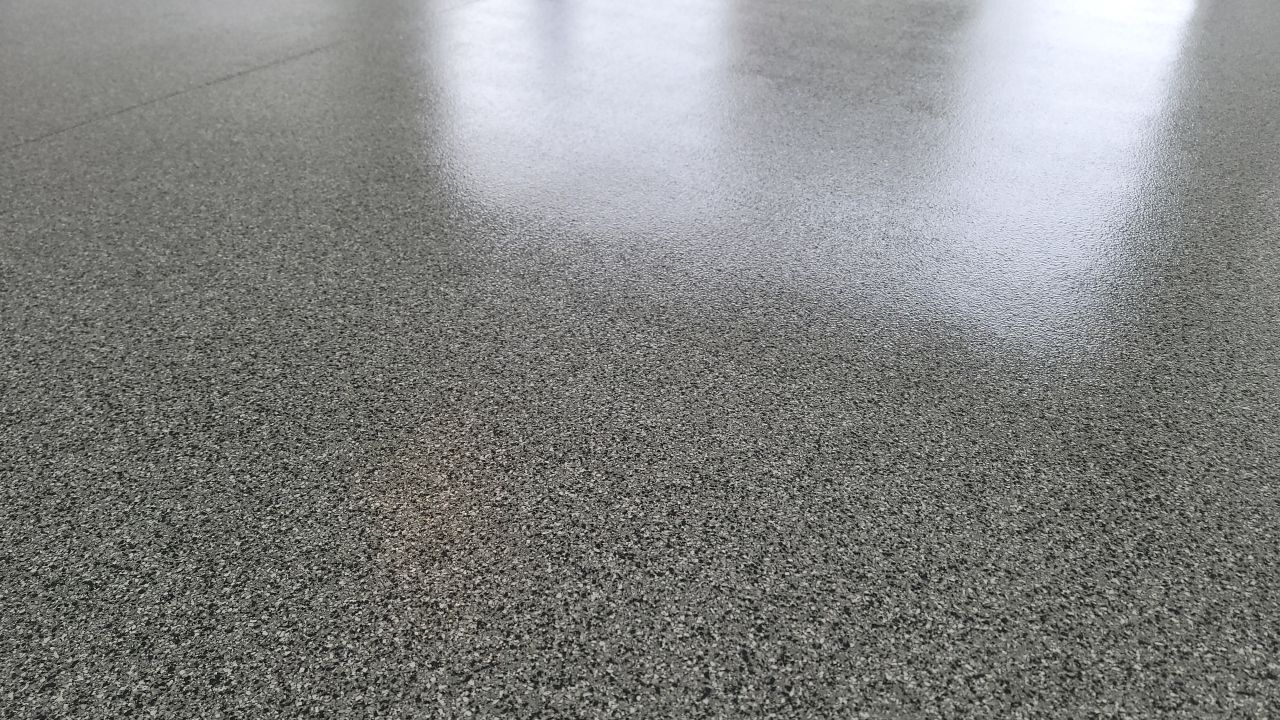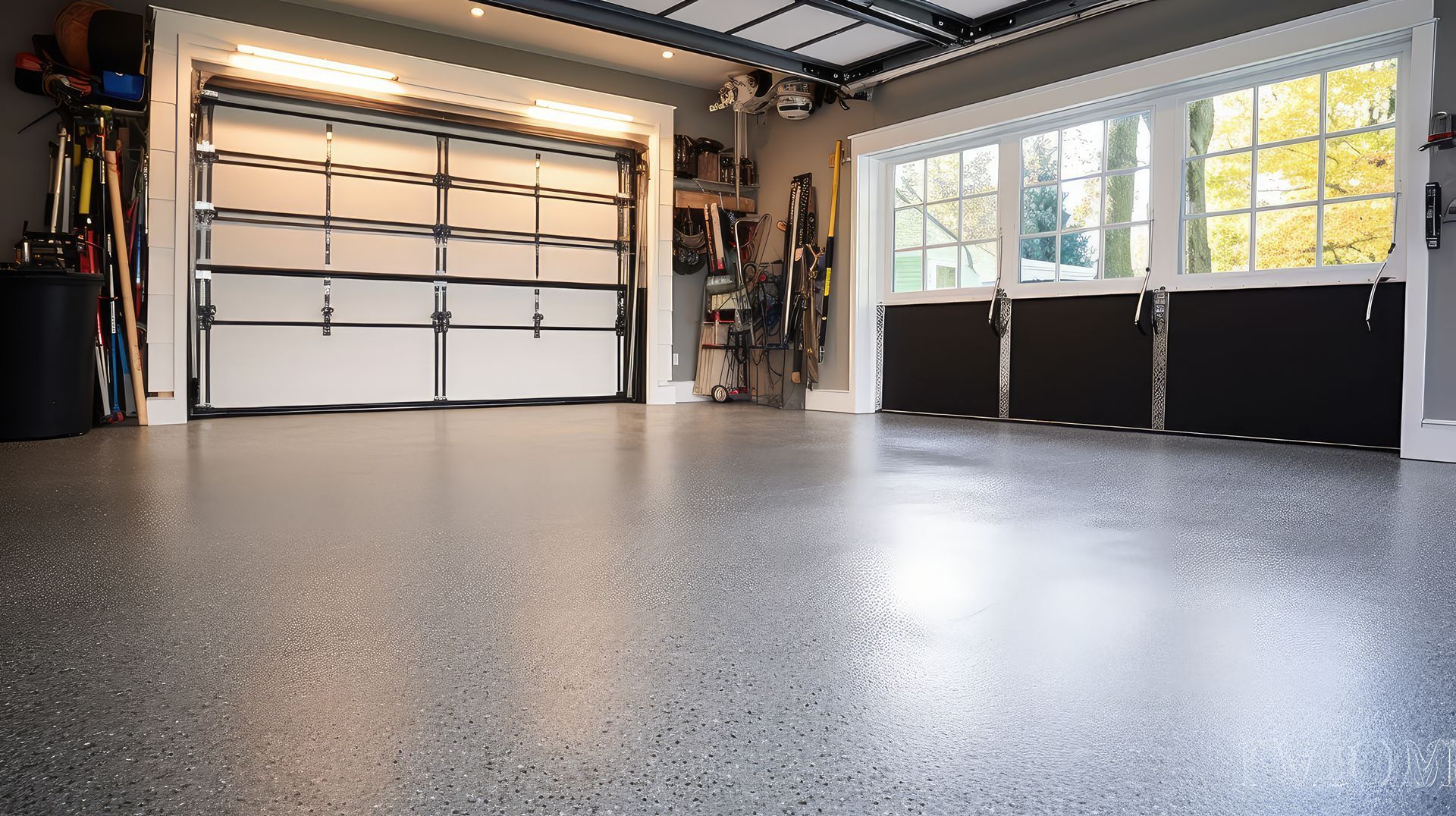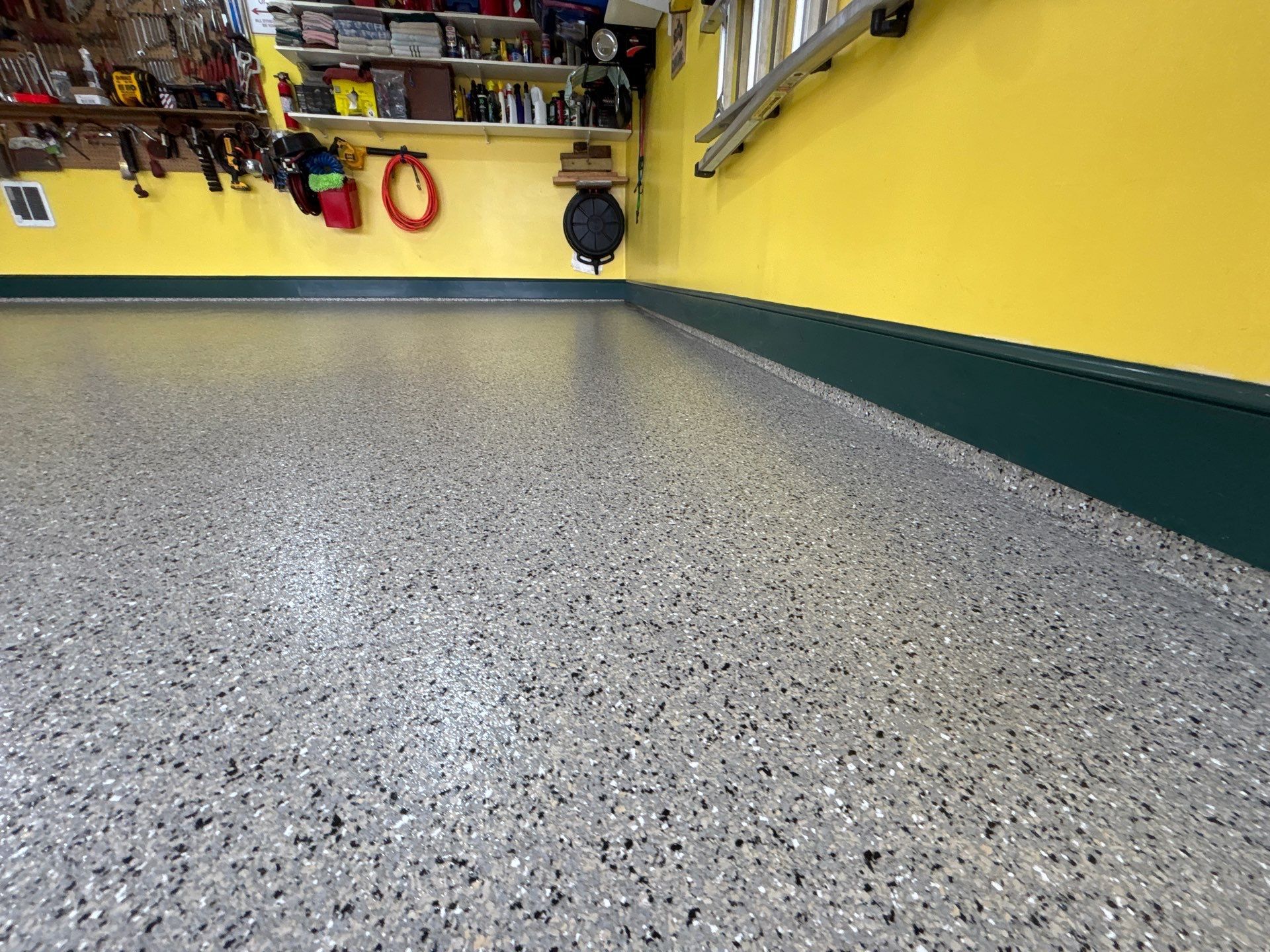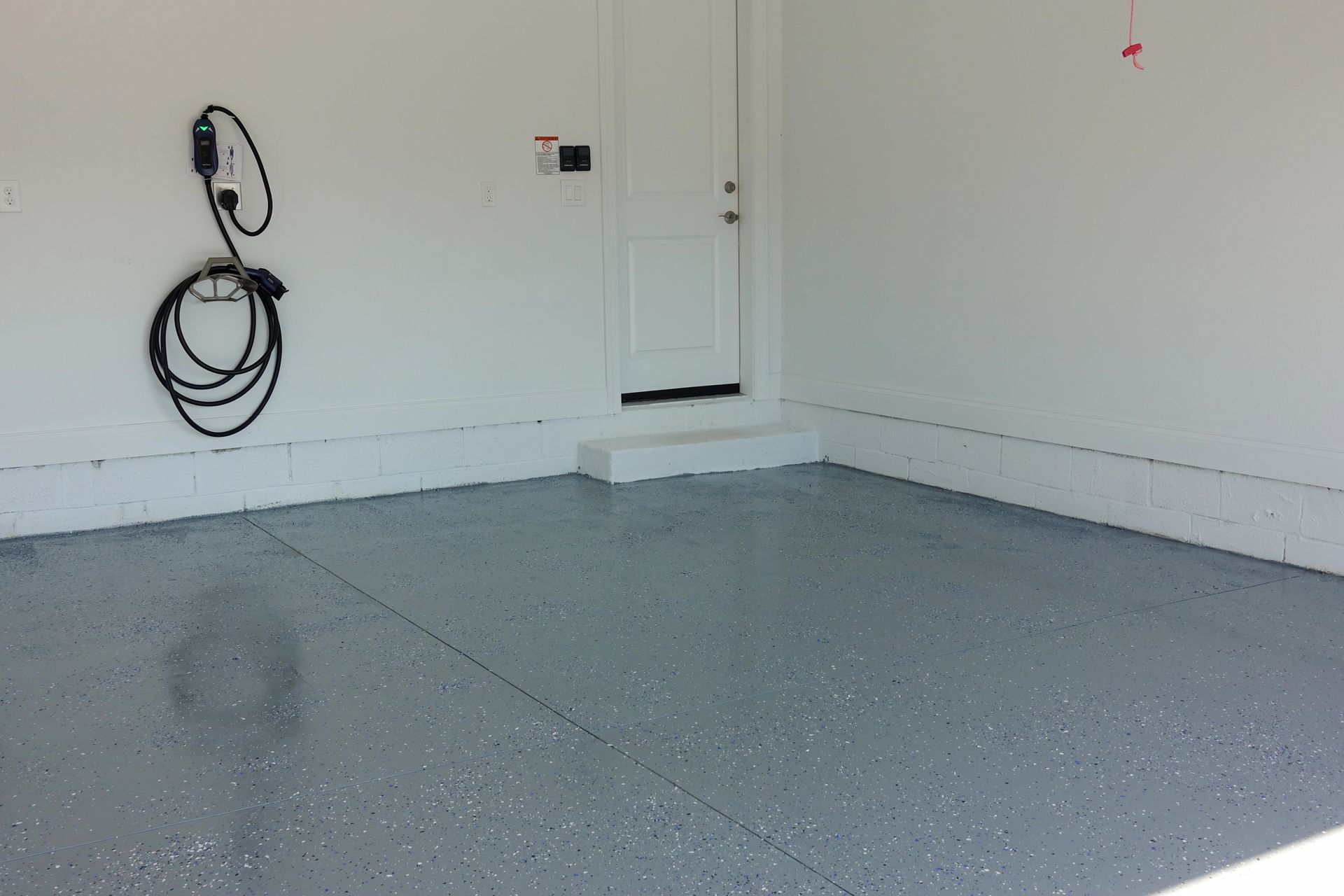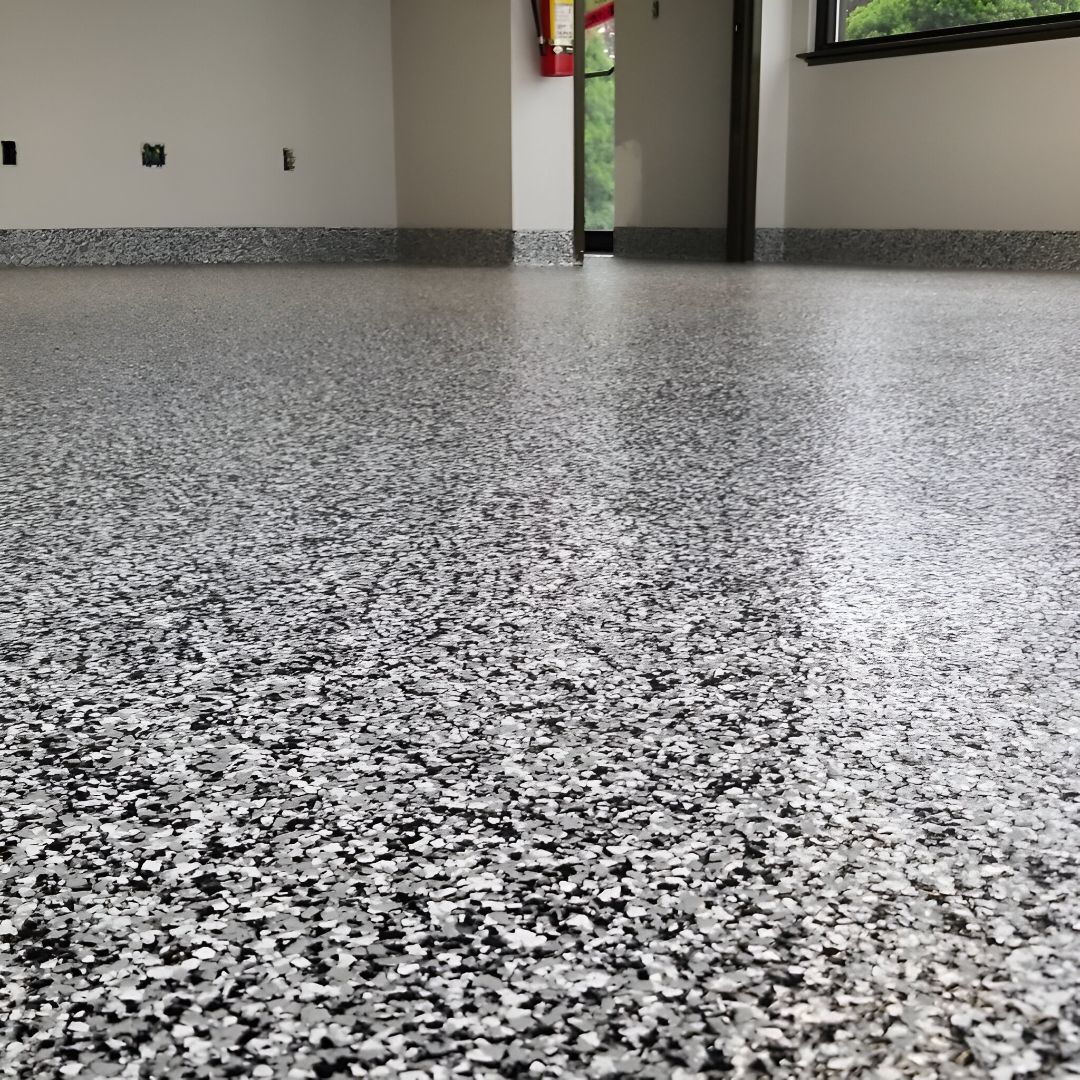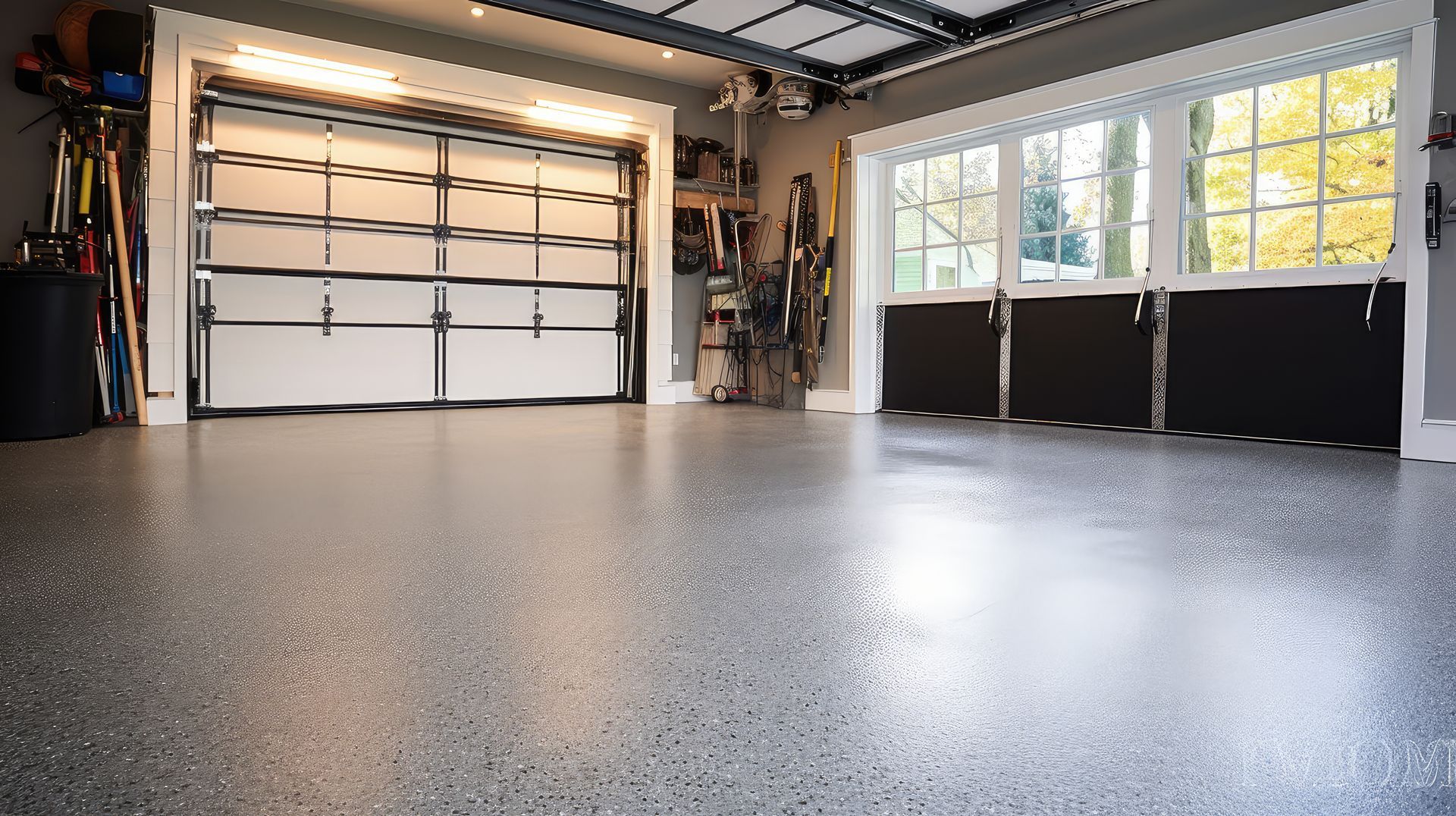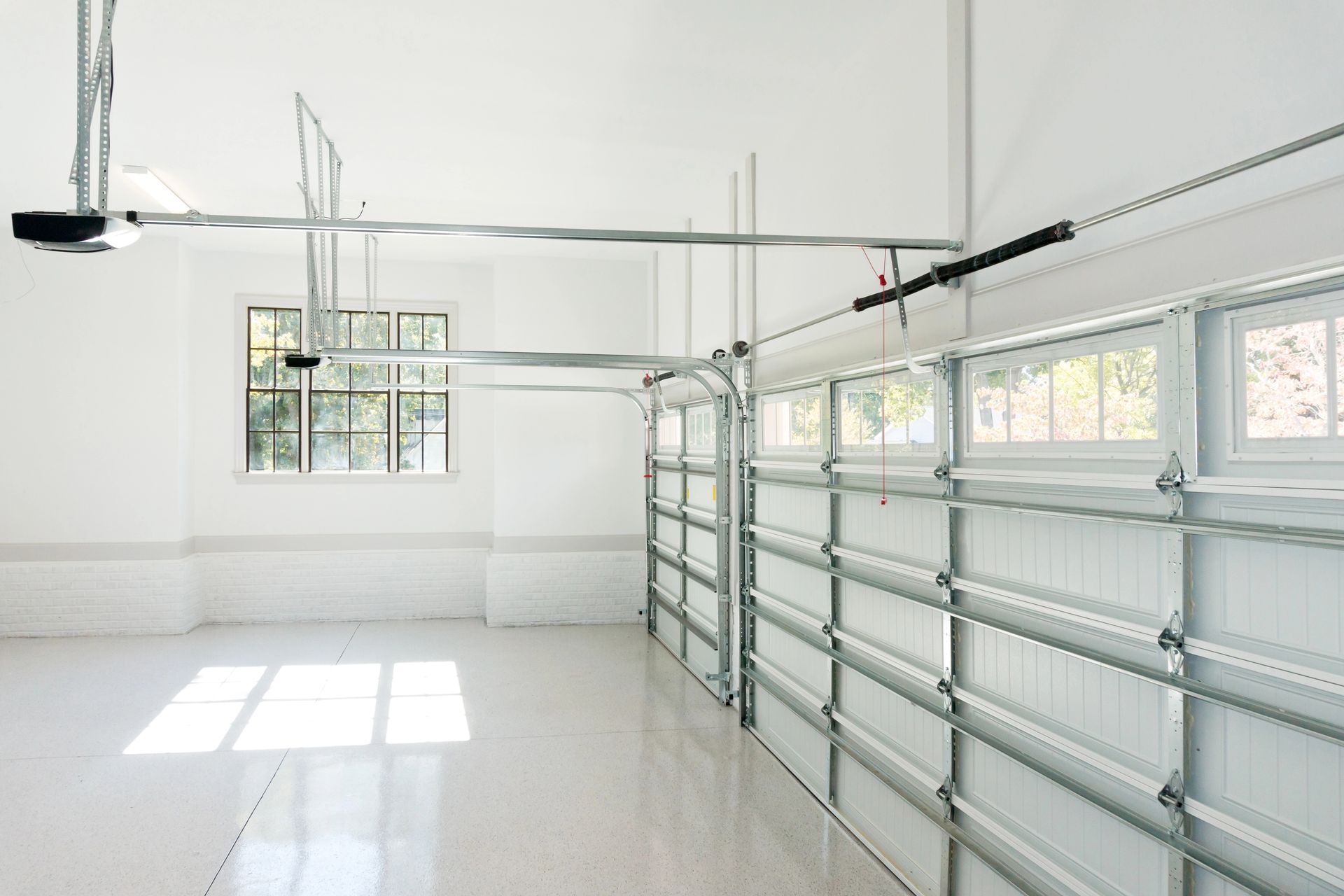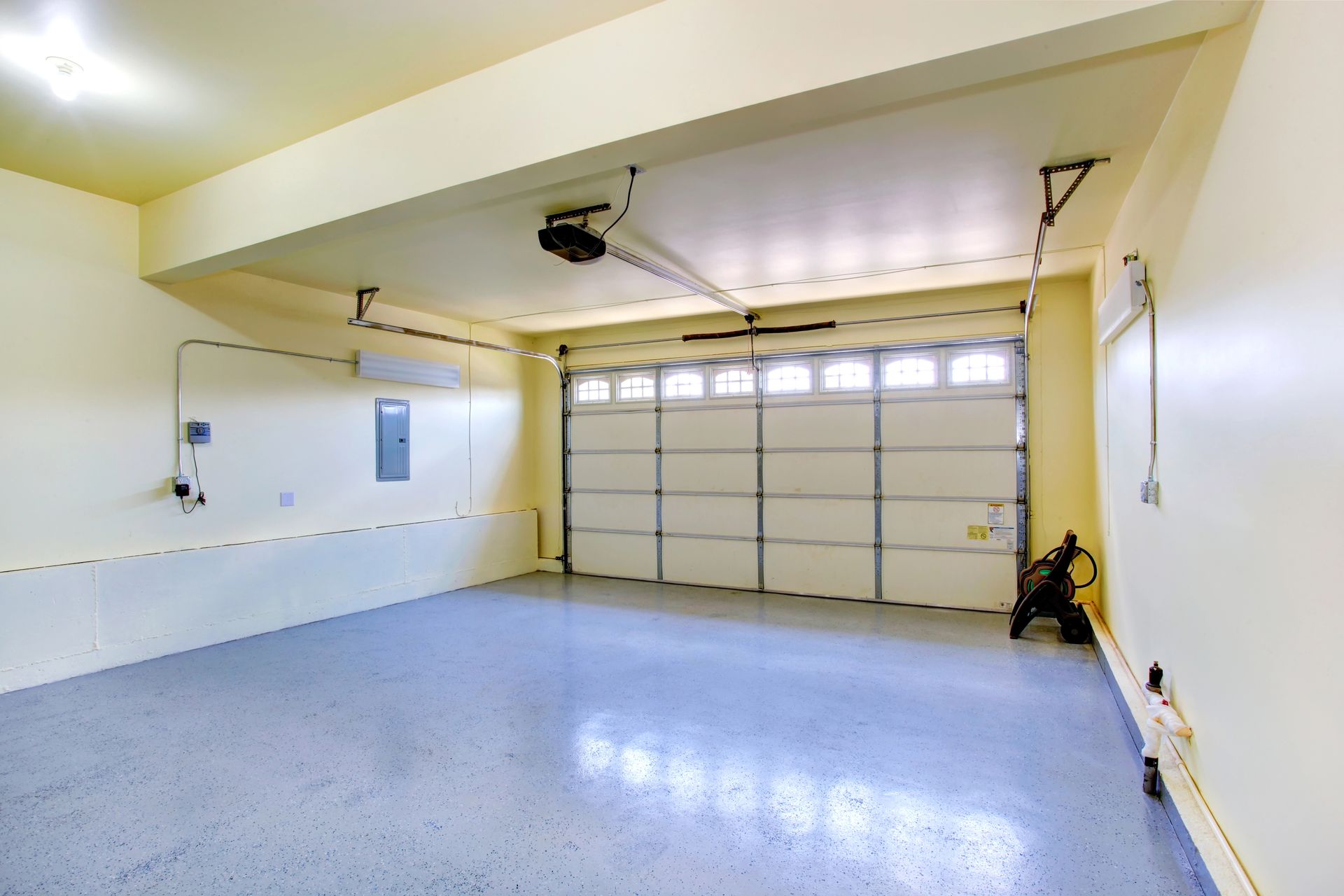7 Common Epoxy Garage Floor Problems & How To Avoid Them
Key Takeaways
- Most epoxy failures come down to rigid chemistry, poor prep, moisture, or temperature swings—issues that show up faster in Pennsylvania’s climate.
- You can avoid nearly all common epoxy problems with proper surface prep, moisture testing, and a more flexible system like polyurea if long-term durability is the priority.
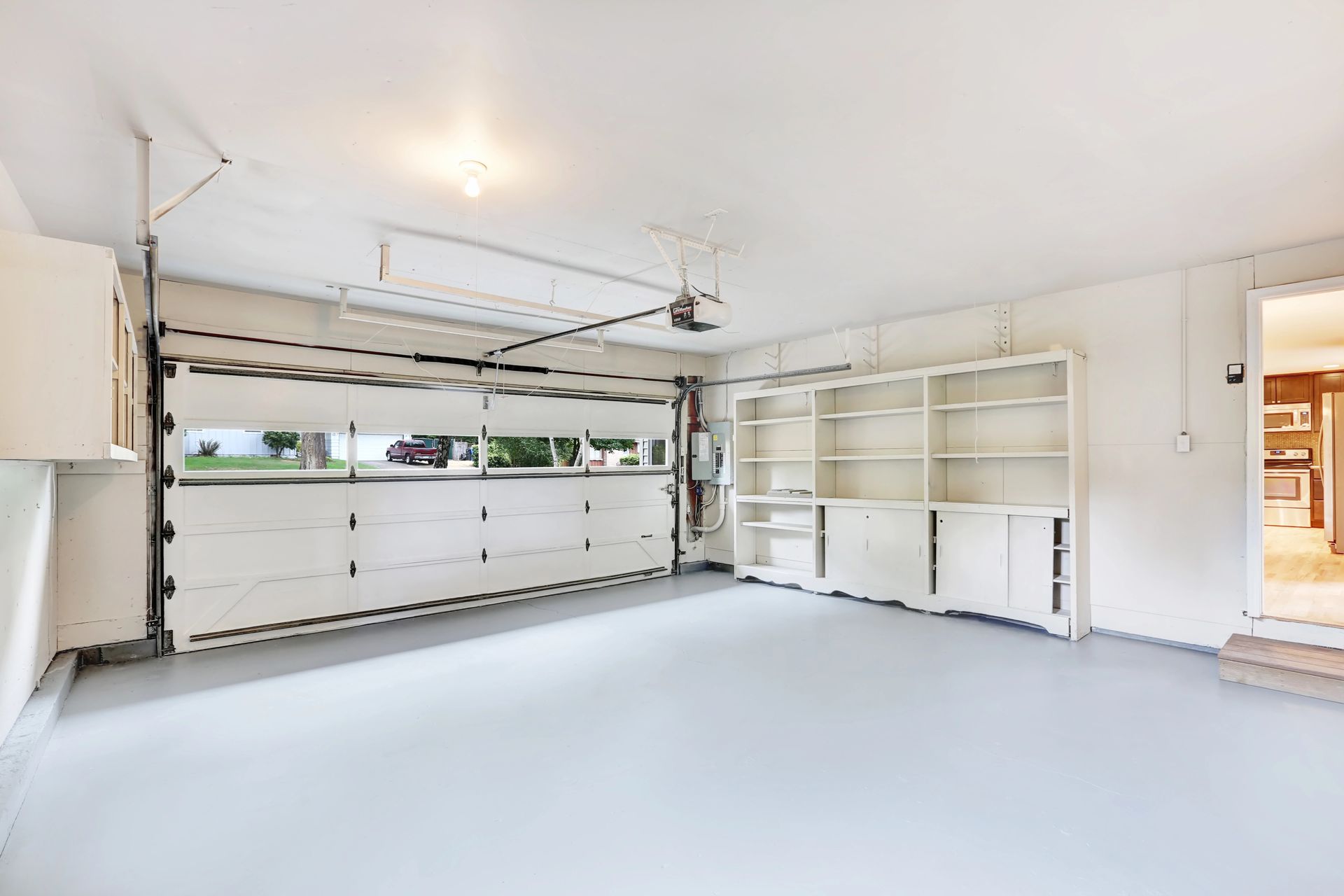
Epoxy looks great the day it’s rolled on, which is why so many homeowners choose DIY kits. But once real garage use sets in—hot tires, moisture vapor, road salt, freeze–thaw cycles—that shiny finish often reveals its weak spots. Many of the failures people think are “epoxy issues” are actually environmental or prep issues made worse by epoxy’s rigid nature.
Below are the most common epoxy problems we see in Pennsylvania garages, why they happen, and how to avoid them from the start.
1. Peeling or Delamination
Peeling is the single most common epoxy failure—and the biggest source of frustration.
Why it happens:
- Concrete wasn’t ground to the correct profile
- Moisture was present in the slab
- Dust or oil remained on the surface
- Epoxy couldn’t flex with seasonal concrete movement
How to avoid it:
- Mechanically grind the surface (etching is not enough)
- Perform proper moisture testing
- Use a more flexible coating—polyurea resists peeling far better than epoxy
When adhesion fails once, you’re looking at full removal and a complete redo.
2. Hot-Tire Pickup
If epoxy softens from tire heat and the coating lifts where tires sit, that’s hot-tire pickup.
Why it happens:
- Epoxy softens under heat
- Adhesion is weak from poor prep
- Tires transfer oils that break down inferior resins
How to avoid it:
- Install a system with stronger chemical and heat resistance (polyurea or polyaspartic)
- Ensure the concrete is fully profiled through grinding
- Avoid low-grade epoxy kits that can't handle heat cycles
Pennsylvania summers + cold garage floors create the perfect conditions for this failure.
3. Bubbles, Pinholes, and Outgassing
Tiny bubbles or pinholes can ruin an otherwise smooth floor.
Why it happens:
- Concrete outgassing as temperatures rise
- Epoxy applied too thick
- Moisture pushing upward through the slab
How to avoid it:
- Coat during stable temperature windows
- Grind and vacuum thoroughly
- Use fast-curing, flexible materials that don’t trap outgassing
Polyurea bonds faster and is far better at minimizing bubble formation.
4. Discoloration or Yellowing
Epoxy is notorious for ambering over time.
Why it happens:
- UV exposure from garage doors/windows
- Heat and chemical exposure
- Lower-grade resins in DIY kits
How to avoid it:
- Avoid pure epoxy topcoats in garages with natural light
- Choose UV-stable polyaspartic/polyurea systems
- Use flakes to mask minor imperfections and reduce visible discoloration
Even indirect sunlight can age epoxy quickly.
5. Stains and Chemical Damage
Winter brine, road salt, gasoline, oil—garage floors see it all.
Why it happens:
- Epoxy has limited chemical resistance compared to polyurea
- Salt and brine penetrate micro-cracks
- Harsh cleaners damage the finish
How to avoid it:
- Install a system designed for chemical exposure
- Apply a high-quality topcoat
- Clean road salt and meltwater regularly
Polyurea simply stands up better to the chemicals Pennsylvania garages deal with.
6. Slippery When Wet
Epoxy can become slick with water, snowmelt, or spilled liquids.
Why it happens:
- Smooth epoxy finish without texture
- Meltwater freezing overnight
- Oils or chemicals reducing friction
How to avoid it:
- Use a full-broadcast flake system for natural traction
- Add anti-slip texture to the topcoat
- Choose coatings formulated for better grip in wet conditions
Texture isn’t optional in real garages—it’s a safety feature.
7. Cracking Over Time
Epoxy doesn’t flex with concrete movement.
Why it happens:
- Freeze–thaw cycles
- Expansion and contraction
- Slab settling or hairline movement
How to avoid it:
- Repair cracks before coating
- Use a flexible system that moves with the slab
- Avoid rigid, brittle coatings in cold climates
This is exactly why many Pennsylvania homeowners migrate from epoxy to polyurea.
Why Polyurea Avoids Most of These Issues
Most epoxy problems are rooted in rigidity and sensitivity. Polyurea addresses both:
- Flexes with the concrete instead of resisting movement
- Resists chemicals and heat better than epoxy
- Cures fast, reducing the risk of bubbles and adhesion failures
- Handles freeze–thaw and moisture shifts without peeling
- Looks better longer thanks to UV stability
It’s the system we recommend for homeowners who want a floor that holds up through Pennsylvania’s winters without constant upkeep.
What Professional Installation Adds
A good coating system is only half the equation. Professional prep and application eliminate most failure points:
- Moisture checks to prevent hidden adhesion issues
- Diamond grinding for proper mechanical profile
- Crack and pit repair before coating
- Correct temperature and cure window management
- Clean edges, consistent flake coverage, and a durable topcoat
You can see how we approach this process on our
garage floor coatings page.
Frequently Asked Questions
Are these problems unique to DIY epoxy?
DIY jobs are more prone to issues, but even professionally installed epoxy can fail in tough climates.
Can epoxy be repaired easily?
Sometimes—if the damage is isolated. Widespread peeling usually requires full removal.
Is polyurea always better?
For cold climates, yes. It outperforms epoxy across durability, flexibility, and maintenance.
Will the coating be slippery?
Our flake systems provide light texture for traction, even when wet.


